Rising Healthcare Expenditure
Japan's rising healthcare expenditure is a notable driver for the food allergy-diagnosis-treatment market. With the government and private sectors investing more in healthcare services, there is a corresponding increase in funding for allergy research and treatment programs. This trend is evident in the allocation of approximately $2 billion towards allergy-related healthcare initiatives in recent budgets. As healthcare spending continues to rise, it is anticipated that more resources will be directed towards improving diagnostic methods and treatment options for food allergies, thereby fostering market growth.
Increased Awareness of Food Allergies
The growing awareness of food allergies among the Japanese population is a crucial driver for the food allergy-diagnosis-treatment market. Educational campaigns and initiatives by health organizations have led to a heightened understanding of food allergies, resulting in more individuals seeking diagnosis and treatment. This awareness is reflected in the increasing number of allergy testing procedures, which have seen a rise of approximately 15% over the past few years. As more people recognize the symptoms and risks associated with food allergies, the demand for effective diagnostic tools and treatment options is likely to expand, thereby propelling the market forward.
Advancements in Diagnostic Technologies
Technological advancements in diagnostic tools are transforming the food allergy-diagnosis-treatment market. Innovations such as molecular testing and point-of-care testing devices are enhancing the accuracy and speed of food allergy diagnoses. These advancements not only improve patient outcomes but also streamline the diagnostic process, making it more accessible to healthcare providers. The market is witnessing a surge in the adoption of these technologies, with a projected growth rate of 12% in the next few years. As diagnostic capabilities improve, the overall demand for effective treatment options is likely to increase, further driving market expansion.
Growing Demand for Allergen-Free Products
The increasing demand for allergen-free food products is a significant driver for the food allergy-diagnosis-treatment market. As consumers become more health-conscious and aware of food allergies, there is a notable shift towards allergen-free alternatives. This trend is reflected in the food industry, where the market for allergen-free products is expected to grow by 20% in the coming years. Consequently, this demand influences the development of new diagnostic and treatment solutions, as manufacturers and healthcare providers strive to meet the needs of allergy sufferers, thereby propelling the market forward.
Regulatory Support for Allergy Management
Regulatory bodies in Japan are increasingly focusing on food safety and allergy management, which significantly impacts the food allergy-diagnosis-treatment market. The implementation of stringent food labeling laws and guidelines for allergen management in food products has created a more supportive environment for allergy sufferers. This regulatory framework not only enhances consumer safety but also encourages manufacturers to develop innovative diagnostic and treatment solutions. As a result, the market is expected to grow, with an estimated increase of 10% in the adoption of new technologies and treatments over the next few years.


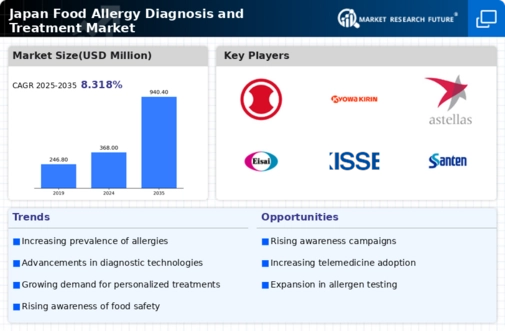


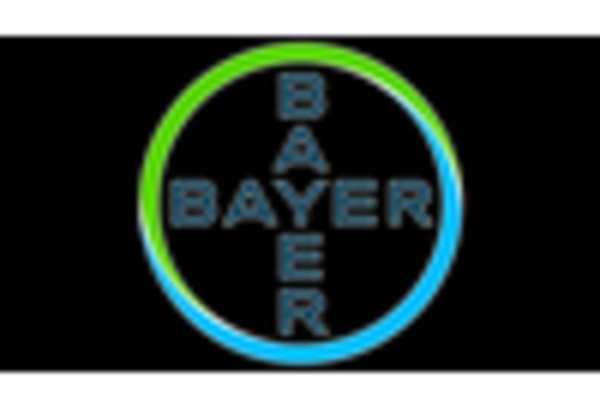
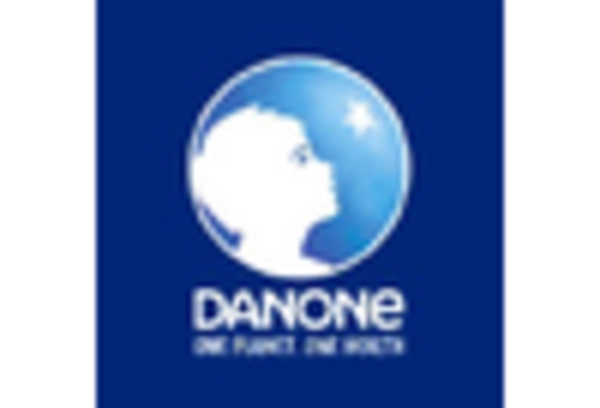
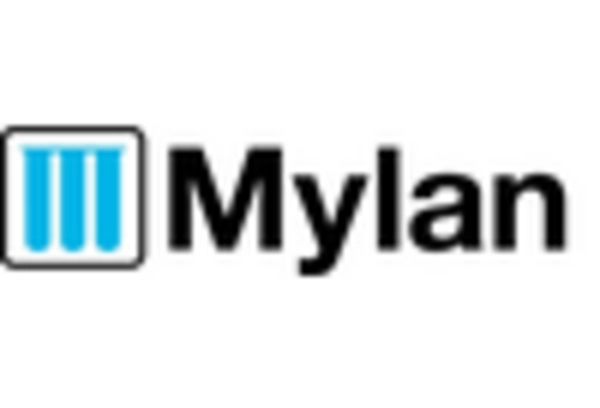
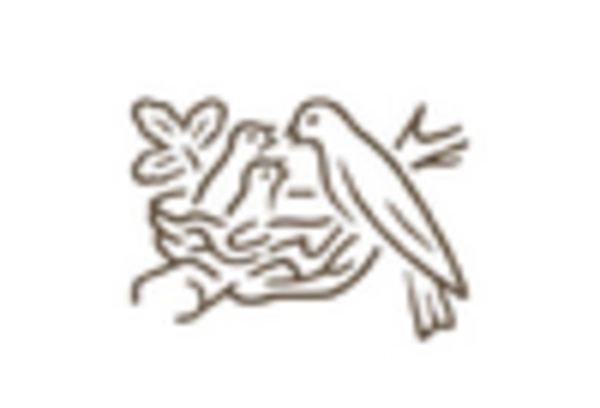








Leave a Comment